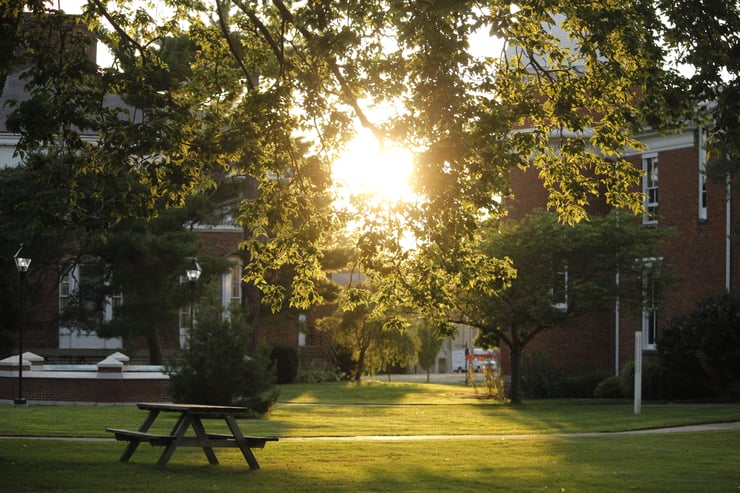This week, I returned to the office from AMA’s 2015 Symposium for the Marketing of Higher Education with a belly full of Chicago cuisine, a brain overflowing with insights, and an amplified excitement for higher ed marketing! As I tried to synthesize all of the information, one thread of advice became clear – stop trying to be in control but rather be in command. Here is how just a few of many higher ed marketers have seen success from implementing this approach.
1. They created a system or structure to position their departments as strategic partners.
Dan Dillon at Arizona State University has over 400 marketers on campus. Instead of controlling every entity, Dan created “The Hub,” which provides oversight and training for the marketers sprinkled across campus. With less time spent on tactics, Dan can focus on innovative marketing opportunities such as the corporate partnership with Starbucks.
Stacey Grosh at Ball State University implemented a “fast track” system in order to overcome high volumes of requests placed on the marketing and communications office. The first version of the fast track system forced colleges, departments, units, or clubs to submit detailed requests for materials and perform timely reviews through an online portal. Over time, the fast track system has evolved but the most beneficial feature remains - the system holds the colleges, departments, units, and clubs accountable for their own marketing materials.
2. They empowered others to help tell the story. (Or were empowered to tell the story)
Ed Stukane at Stevens Institute of Technology conducted research with higher ed peers (presidents, provosts, and deans of admission) and uncovered that peers overwhelmingly prefer to receive information about other institutions through personal relationships. Ed shared this research across his campus to motivate and urge the president, provost, and deans to engage more deeply with their peers in order to elevate Stevens’ awareness and reputation.
Santa J. Ono at University of Cincinnati is a great case study of an empowered president. He started with a poorly composed tweet that gained three likes and now urges every president to join social media. He’s heard plenty of excuses from his fellow leaders and debunked the myths one-by-one: that presidents don’t know have the know-how, social media takes too much time, presidents will lose privacy, it’s too risky, and it’s just a fad.
3. They are not afraid to listen.
Emily Truax at Boston University manages digital engagement and spends 90% of her time actively listening! She doesn’t constantly create content. Sometimes she simply asks her networks for content – especially in slower seasons like the summer.
Michele Norris, while not a higher ed marketer, has a timely message. As shown through her journey to write The Grace of Silence and the creation of the Race Card Project, she engages audiences in a difficult and sometimes tense conversation of race through genuinely listening. Her advice specifically for the University of Missouri is to create a space for students to have a dialogue and listen.
While “in command and out of control” is a simple (and maybe familiar) concept, implementation and actualization may be extremely difficult. Don’t let that be discouraging! Try to find a small win today. You may not be able to overhaul your structure but maybe you can empower one more brand ambassador to tell your university’s story.











